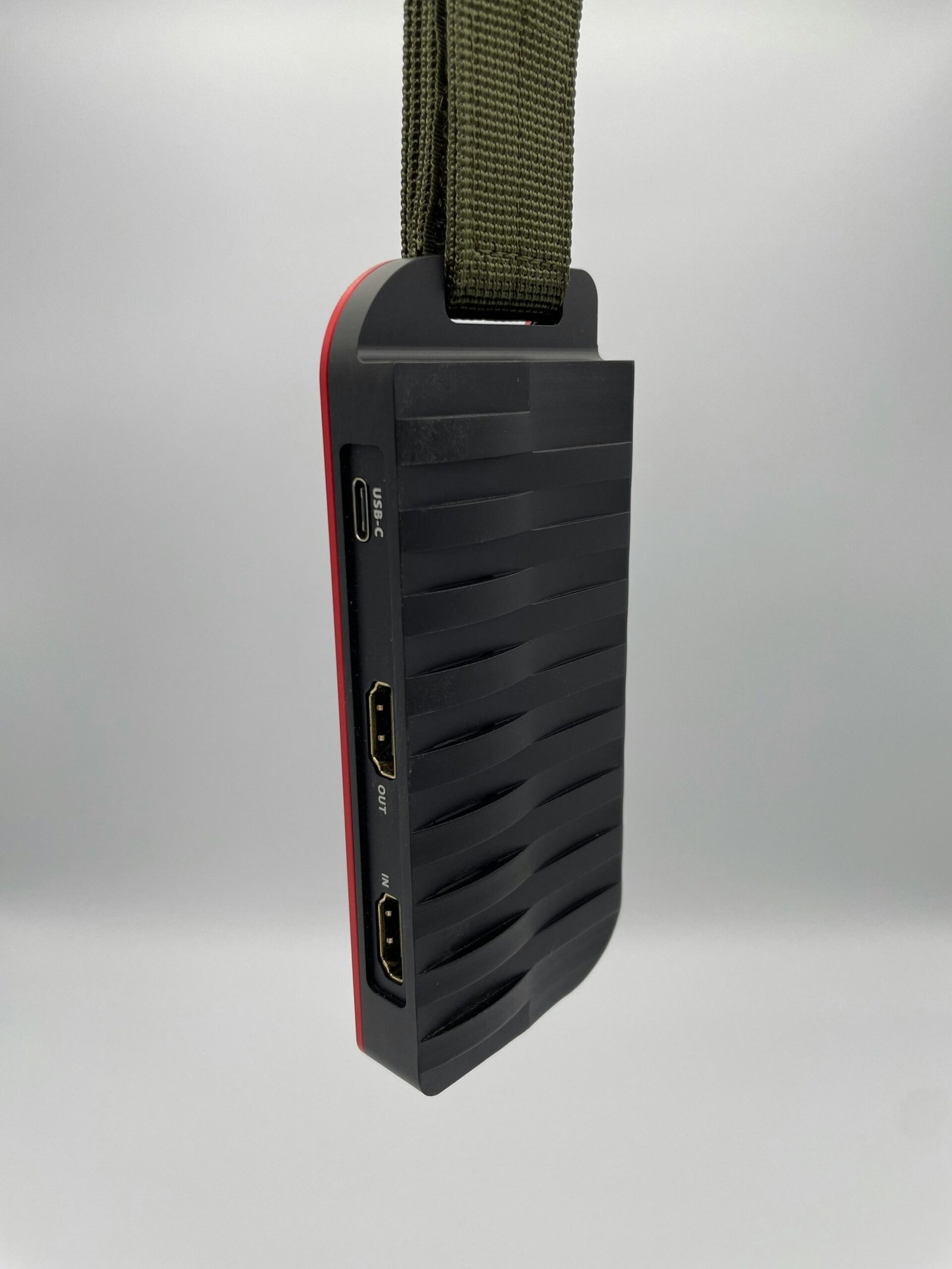Is Mobile Repair Easy? A Comprehensive Guide
Understanding Mobile Repair: Basics and Terminologies
Mobile repair encompasses a variety of skills and knowledge essential for diagnosing and fixing issues in cellular devices. One must become familiar with key components to effectively address these issues. This begins with understanding the primary elements such as LCD screens, batteries, motherboards, and connectors.
The LCD screen, or Liquid Crystal Display, is central to a mobile phone’s user interface, responsible for displaying all visual elements. Damage to the LCD can result in visible defects like dead pixels, discoloration, or a completely non-functional screen. Another critical part is the battery. Modern smartphones typically use lithium-ion batteries known for their efficiency and ability to recharge. However, these can degrade over time, leading to short battery life or failure to hold a charge.
At the heart of the mobile phone’s operations is the motherboard. This intricate circuit board houses the device’s crucial components, including the CPU (Central Processing Unit), memory chips, and other integrated circuits. Issues with the motherboard can manifest as the device not powering on, intermittent freezing, or complete system failure.
Connectors play a vital role in mobile repair as well. These include charging ports, headphone jacks, and various internal ribbon cables that link different parts of the device. Physical damage to these can result from wear and tear or accidental impacts, necessitating precise replacements to restore functionality.
Mobile phones are susceptible to various types of damage. Physical damage, such as broken screens and dents, is common from drops or impacts. Water damage is another frequent issue, occurring when devices are exposed to moisture. This can lead to short-circuiting and corrosion of internal components. Software problems, including crashes, bugs, or spyware infections, can also compromise the device’s operability.
Having a foundational knowledge of these components and the types of issues they can encounter provides a solid base for understanding the intricacies of mobile repair. Equipped with this understanding, one can better appreciate the skills and precision required in the field of mobile phone maintenance and repair.
Tools and Equipment Required for Mobile Repair
When it comes to mobile phone repair, having the right tools and equipment is crucial for success and efficiency. Whether you are a hobbyist or an aspiring professional repair technician, knowing which tools to have in your toolkit is the first step towards conducting effective and precise repairs.
Basic tools form the foundational layer of any mobile repair kit. A set of precision screwdrivers, including Pentalobe, Phillips, and Torx, is indispensable for handling the tiny screws used in smartphones. Spudgers, both plastic and metal, are vital for prying open cases and popping out components without damaging them. Fine-tipped tweezers assist in placing or removing small parts, making them essential for delicate tasks.
Moving to specialized equipment, a heat gun is necessary for repairing smartphones with glued-in screens or backs. By applying controlled heat, the adhesive can be softened for safe removal. Soldering irons are another critical tool, particularly when it comes to fixing or replacing intricate components such as charging ports and small electronic parts. Additionally, having a good set of soldering iron tips of varying shapes and sizes can come in handy for different kinds of soldering tasks.
Diagnostic tools round out the indispensable elements of a mobile repair toolkit. Multimeters are crucial for measuring voltage, current, and resistance, providing critical insights into the electrical health of mobile components. Other diagnostic devices, such as battery testers and software-based tools, help troubleshoot more complex issues that are not apparent through visual inspection.
Selecting high-quality tools is as important as understanding which tools are needed. Investing in reputable brands ensures longevity and reliability, reducing the likelihood of tool failure mid-repair. While high-quality tools might come with a higher upfront cost, the investment pays off in a smoother, more efficient repair process and fewer mistakes.
Equipping yourself with the right tools and equipment is fundamental to mobile phone repair. Quality tools not only facilitate the repair process but also enhance the overall result, ensuring that repairs are performed safely and effectively. By preparing an optimal toolkit, both hobbyists and aspiring professionals can approach mobile repair tasks with confidence and precision.
Step-by-Step Guide to Common Mobile Repairs
Understanding how to perform common mobile repairs can save time and money. Below, we outline step-by-step procedures for three of the most frequent issues: screen replacement, battery replacement, and fixing common software bugs.
Screen Replacement
To replace a broken screen, follow these steps:
1. Turn Off Your Device: Ensure the phone is completely powered down before beginning.
2. Remove the Screws: Use a screwdriver to carefully remove screws from the back of the device.
3. Separate the Screen: With a suction cup, gently lift the screen away from the body of the phone. Work slowly to avoid tearing any ribbons or connectors.
4. Disconnect the Display Assembly: Unplug the connectors that link the screen to the motherboard. Take note of their placement for reassembly.
5. Install the New Screen: Connect the new screen in the reverse order of disassembly. Ensure all connectors are secure.
6. Reassemble the Device: Carefully place the screen back onto the phone and reinstall the screws.
7. Power On: Turn the device on to check everything is functioning properly.
Battery Replacement
Follow these steps to replace a failing battery:
1. Turn Off the Phone: Shut down your device fully.
2. Open the Device: Using the appropriate tool, remove the back cover or frame.
3. Disconnect the Battery: Unplug the battery connector from the motherboard. Some phones may require the removal of additional screws or brackets holding the battery in place.
4. Remove the Old Battery: Gently pry the existing battery out, taking care not to puncture or bend it.
5. Install the New Battery: Place the new battery into the slot and reconnect the battery connector.
6. Close the Device: Ensure the back cover or frame is securely fixed.
7. Turn On the Phone: Verify that the new battery is functioning correctly.
Fixing Common Software Issues
Addressing software glitches can often be accomplished with these steps:
1. Restart the Device: Turn the phone off and back on to clear temporary bugs.
2. Update Software: Check for and install any available system updates. Updates can fix many existing software problems.
3. Clear Cache: Go to Settings > Storage > Cached Data and clear the cache to resolve issues caused by corrupt data.
4. Reset Settings: If problems persist, consider resetting the phone settings, available under Settings > System > Reset.
5. Factory Reset: As a last resort, a full factory reset can be performed. Backup all important data, then navigate to Settings > System > Factory Data Reset.
Remember to follow all safety guidelines when attempting these repairs. Working on mobile devices can be delicate work; patience and precision are vital.
Challenges and Limitations in Mobile Repair
Mobile repair, despite its perceived simplicity due to numerous online tutorials and DIY kits, entails several significant challenges. One of the primary hurdles is dealing with advanced technology and highly miniaturized components. As modern smartphones become increasingly sophisticated, the internal architecture features components that are not only smaller but also densely packed. This miniaturization makes precision a critical skill; even a minor misstep can lead to further damage, rendering the device non-functional.
The risk of causing additional damage during the repair process cannot be overstated. For instance, while attempting to replace a cracked screen, an individual might inadvertently damage the delicate flex cables connecting the display to the motherboard. Such mishaps can escalate repair costs and complicate the task, making it more labor-intensive. These risks underscore the importance of understanding the intricate details of mobile hardware and electronics before attempting any repairs.
Technological advancements continue at a rapid pace, and what may be considered cutting-edge today could become obsolete in a matter of months. This constant evolution poses challenges even for seasoned technicians who must continuously update their knowledge and skills. New models often feature proprietary technologies that necessitate specialized tools and techniques, increasing the complexity of repairs.
Beyond technical challenges, mobile repair has both economic and environmental implications. Economically, the cost of professional repairs can sometimes approach the price of a new device, prompting users to weigh their options carefully. Environmentally, while repair can extend the life of a device, minimizing e-waste, the increasing trend of non-repairable designs in modern smartphones complicates this sustainable practice.
Considering these challenges, it’s evident that mobile repair is far from being universally ‘easy.’ These limitations often necessitate professional expertise, ensuring repairs are done safely and effectively. By assessing one’s technical skills and understanding when to seek professional help, individuals can make informed decisions about whether to repair or replace their mobile devices.







